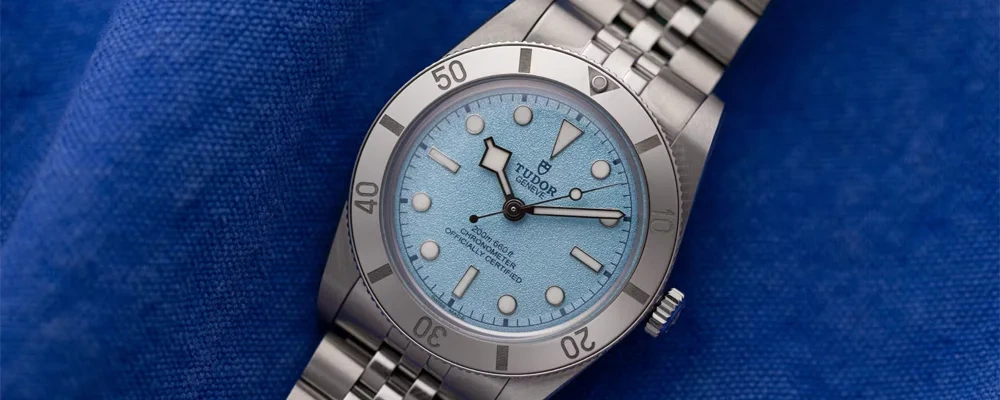To the infinity…and beyond! The Moonwatch
When it comes to space exploration, Omega has played a “stellar” role, earning its place as an essential part of astronaut gear. The year is 1969, and Neil Armstrong takes his historic "one small step for man" wearing none other than an Omega Speedmaster, earning it the nickname "Moonwatch." This iconic timepiece stood the test of (literally) space and time, becoming the first watch worn on the moon.
Photo source: Omega/NASA
But Omega's cosmic contributions don't stop there. Fast forward to today, and you'll find Omega watches on the wrists of astronauts aboard the International Space Station, trusted for their precision and reliability in the harsh vacuum of space. The Speedmaster Professional, with its legendary chronograph function, remains the go-to choice for NASA missions.
Photo source: Omega
What sets Omega apart in space exploration is its incredible testing. These timepieces undergo a number of trials, from extreme temperature variations to high levels of G-force, ensuring they can withstand the harshest conditions of outer space. It's this dedication to durability that has set Omega's place as an astronaut's companion.
Photo source: NASA
Beyond the technical things, Omega's will to innovate is evident. The Co-Axial escapement, a breakthrough in watchmaking, improves the movement's efficiency and longevity, making it a natural choice for the hostile environment of space travel.
Photo source: Omega
So, whether it's a historic moon landing or a contemporary mission to the ISS, Omega continues to be a trusted partner in the cosmos. Its mix of cutting-edge technology and timeless style proves its legacy as a true space-age pioneer.
Related Articles
Richard Mille re-releases their signature model in titanium - is it a good choice?

